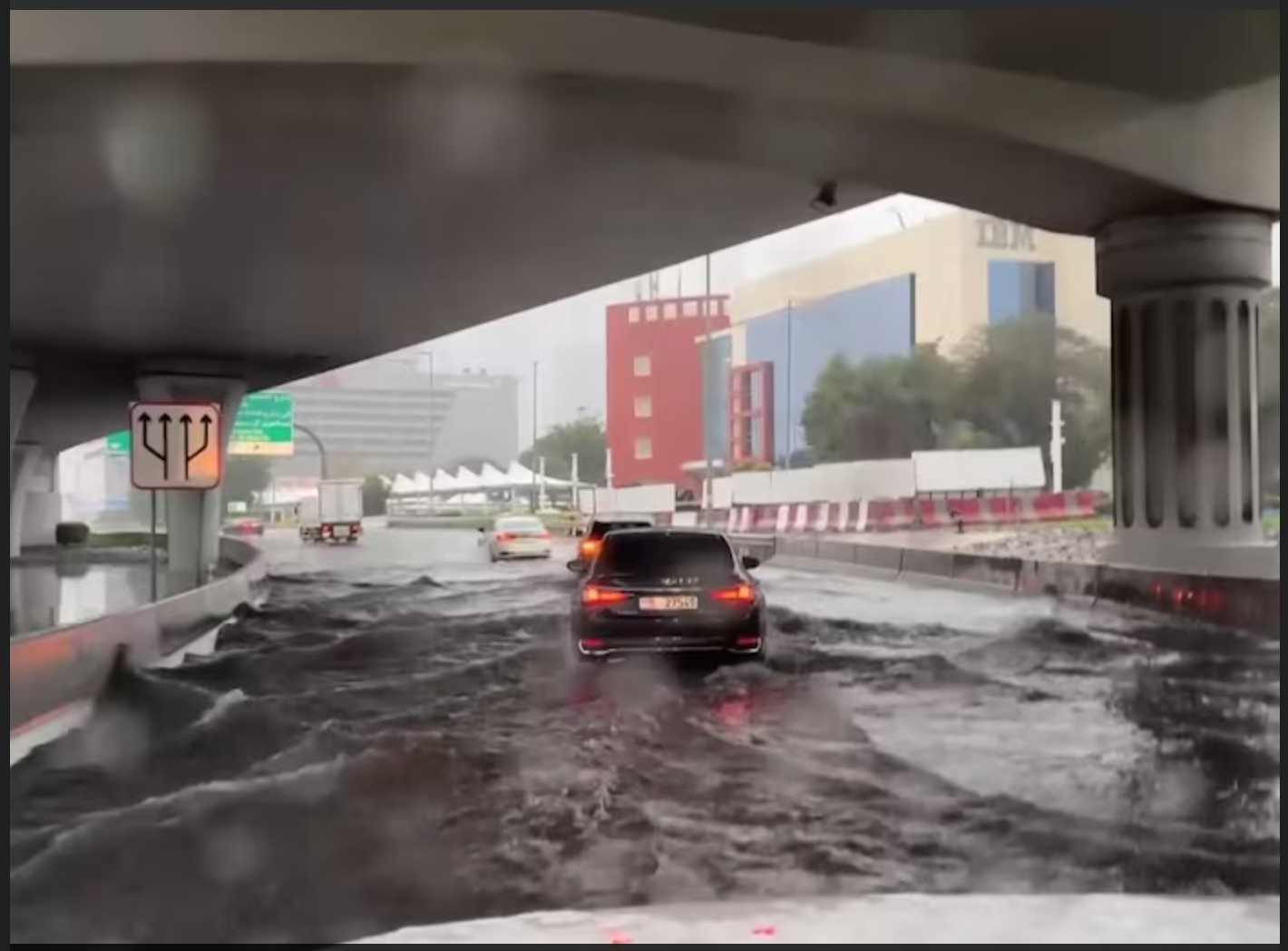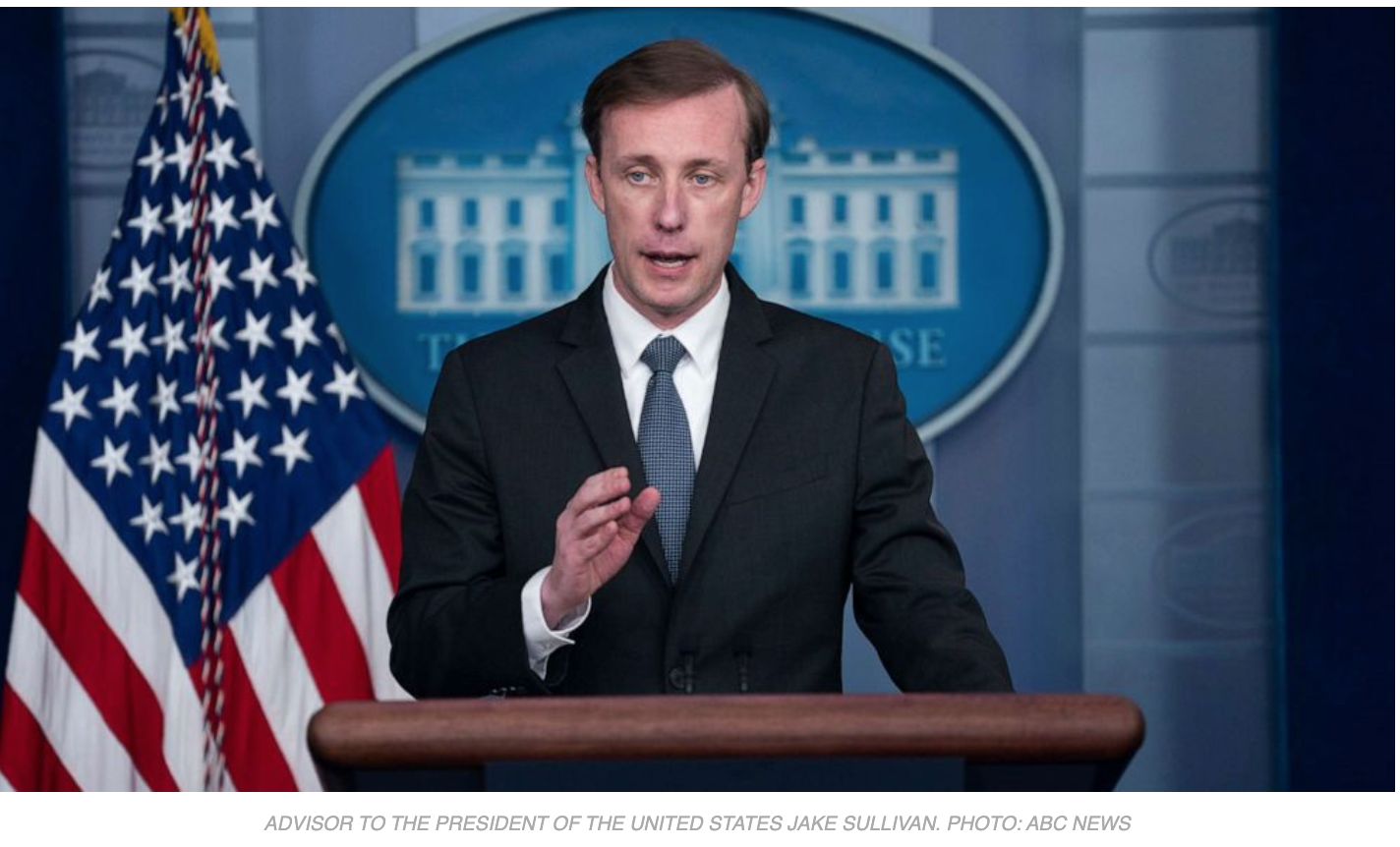Table of Contents
Dubai’s Flood Crisis: Bold Response & Resilience Amidst Nature’s Fury 2024
Introduction : Dubai’s Flood Crisis

In recent times, Dubai faced an unprecedented challenge in the form of a flood crisis, highlighting the vulnerability of urban centers to the impacts of climate change. This blog post will delve into the remarkable response of Dubai to this crisis, showcasing how the city stood tall amidst nature’s fury. Additionally, it will explore Dubai’s flood resilience as a blueprint for other urban centers facing similar climate change challenges.
The Flood Crisis Unfolds:
Dubai, known for its iconic skyline and ambitious infrastructure projects, found itself grappling with a significant flood crisis triggered by extreme weather events. Heavy rainfall, unusual for the region, overwhelmed the city’s drainage systems and led to widespread flooding in various areas. Despite being unaccustomed to such weather phenomena, Dubai authorities swiftly mobilized emergency response teams to mitigate the impact of the floods. The unfolding of this crisis underscores the importance of preparedness and adaptive capacity in urban areas facing climate-related risks.

Dubai’s Bold Initiatives: Dubai’s Flood Crisis
Amidst the chaos of the flood crisis, Dubai demonstrated its resilience through bold initiatives aimed at addressing the immediate challenges and building long-term resilience. Advanced warning systems, including weather forecasting technologies and early flood alerts, played a crucial role in minimizing loss of life and property damage. Furthermore, Dubai’s commitment to investing in robust infrastructure proved instrumental in managing the floodwaters effectively. From upgraded drainage systems to the construction of flood barriers, the city’s proactive approach to flood risk management sets a commendable example for other urban centers.
Community Resilience: Dubai’s Flood Crisis
While government interventions were essential in mitigating the impact of the flood crisis, the resilience of Dubai’s communities played a pivotal role in the city’s response efforts. Citizens rallied together to assist those affected by the floods, offering shelter, food, and support to their neighbors in need. Volunteer groups and civil society organizations also played an active role in relief operations, showcasing the strength of community spirit in times of adversity. Dubai’s experience underscores the importance of fostering community resilience as a cornerstone of effective disaster management strategies.
Looking Ahead: Dubai’s Flood Crisis
As Dubai emerges from the flood crisis, there are valuable lessons to be learned and opportunities to enhance resilience for the future. Reflecting on the city’s response efforts, it becomes evident that proactive planning, investment in infrastructure, and community engagement are key pillars of effective disaster preparedness. Moving forward, Dubai must continue to prioritize resilience-building measures and adapt to evolving climate change risks. By sharing its experiences and best practices with other urban centers facing similar challenges, Dubai can serve as a beacon of hope and inspiration in the global fight against climate change-induced disasters.

Dubai’s Flood Resilience: Dubai’s Flood Crisis
Dubai’s remarkable resilience in the face of flood crises serves as a beacon of hope and inspiration for urban centers worldwide grappling with the impacts of climate change. In this blog post, we will delve into the key factors that contribute to Dubai’s flood resilience and explore how these strategies can serve as a blueprint for other cities facing similar challenges.
Understanding Dubai’s Approach:
Dubai’s success in managing flood risk is underpinned by a comprehensive approach that integrates advanced infrastructure, proactive planning, and sustainable development practices. The city’s investment in state-of-the-art drainage systems, coupled with stringent building regulations, ensures that infrastructure is resilient to extreme weather events. Moreover, Dubai’s strategic location and topographical features have informed its adaptive strategies, allowing the city to leverage natural features for flood management.
Innovative Solutions: Dubai’s Flood Crisis
One of the hallmarks of Dubai’s flood resilience is its embrace of innovative solutions to mitigate risk and enhance preparedness. From the implementation of smart technologies for real-time monitoring of weather patterns to the integration of green infrastructure to absorb excess rainfall, Dubai has demonstrated a commitment to staying ahead of the curve. Additionally, the city’s investment in public awareness campaigns and education initiatives empowers residents to play an active role in flood preparedness and response efforts.
Building Community Resilience: Dubai’s Flood Crisis
Central to Dubai’s flood resilience is the active involvement of its communities in disaster management processes. Through community engagement programs and grassroots initiatives, residents are equipped with the knowledge and resources to prepare for and respond to flood events. Dubai’s emphasis on inclusivity and social cohesion ensures that no one is left behind in times of crisis, fostering a culture of resilience that strengthens the city’s ability to bounce back from adversity.
Lessons for Urban Centers: Dubai’s Flood Crisis

As urban centers around the world grapple with the increasing frequency and severity of climate change-related disasters, Dubai’s experience offers valuable insights and lessons learned. By prioritizing resilience-building measures, investing in innovative technologies, and fostering community partnerships, cities can enhance their ability to withstand and recover from flood events. Moreover, Dubai’s proactive approach to climate adaptation underscores the importance of long-term planning and collaboration across sectors. By emulating Dubai’s example and tailoring strategies to local contexts, urban centers can navigate the challenges of climate change with confidence and resilience.
Reason Behind : Dubai’s Flood Crisis

The main reason behind Dubai’s recent flood crisis can be attributed to unprecedented weather patterns, characterized by heavy rainfall exceeding the city’s infrastructure capacity. Despite its arid climate, Dubai experienced an unusual surge in rainfall, overwhelming drainage systems and leading to widespread flooding in various areas. The rapid urbanization and extensive development projects in the city have also contributed to increased surface runoff, exacerbating the impact of heavy rains. Additionally, climate change-induced variability in weather patterns poses a growing threat to cities like Dubai, highlighting the urgent need for adaptive measures and resilient infrastructure to mitigate future flood risks.





